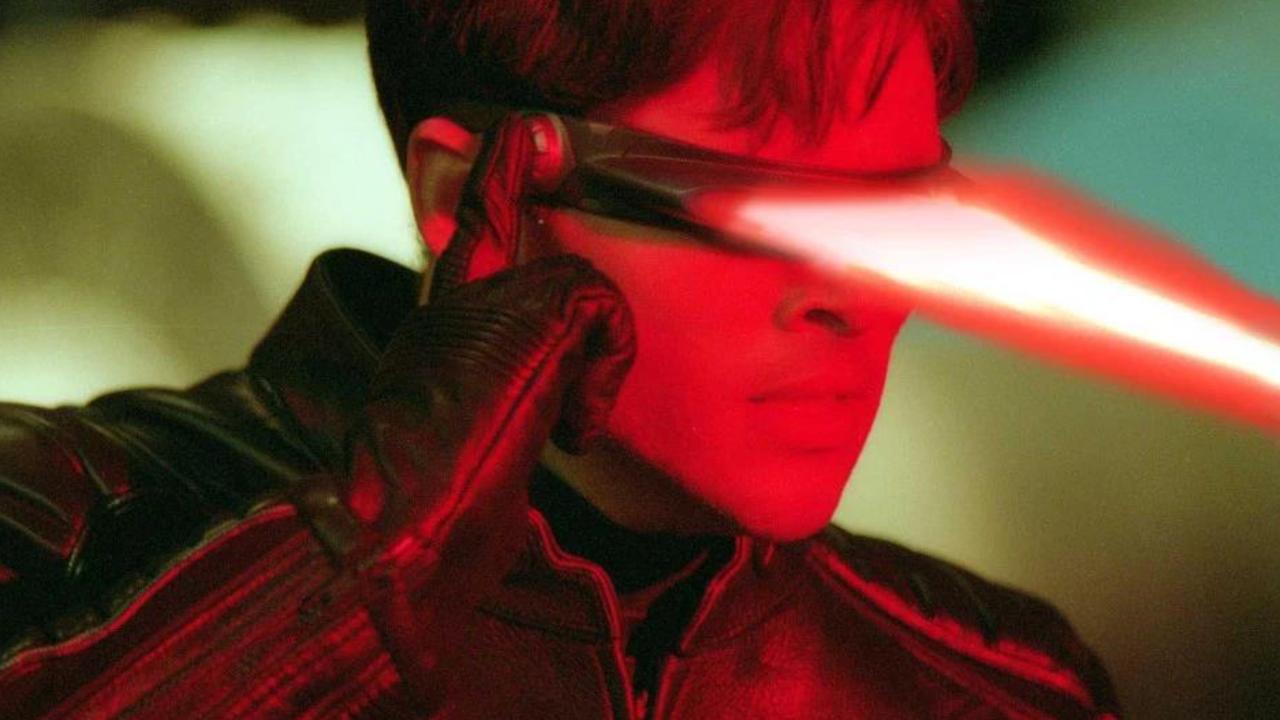Humans could get super vision to help us see in the dark
Like Spider-Man and Batman, humans could one day have the power to see in the dark after scientists successfully tried their idea on mice

READING LEVEL: ORANGE
Like Spider-Man and Batman, humans could get the power to see in the dark.
Scientists in China have successfully given mice night vision by injecting them with tiny particles that convert infra-red light into visible light.
Infra-red light is the light given off as heat by objects. We can’t naturally see infra-red light.

The team of Chinese and US researchers at the University of Science and Technology of China said they could also modify* a human’s vision in this way.
Current infra-red technology allows the user to see heat emitted* from animals as a form of night vision but the equipment has bulky batteries and doesn’t work well if there is any visible light around.
Tiny particles inserted into the eyes of mice boosted their vision beyond the normal range of colours they can detect and enabled the rodents to see infra-red light for 10 hours. Like humans, mice can’t naturally see infra-red light.
Lead researcher Dr Tian Xue said the results could lead to use by soldiers and could be adapted to treat people who are colour blind and can’t detect red.
“We believe this technology will also work in human eyes, not only for generating super vision but also for therapeutic* solutions in human red colour vision deficits*,” said Dr Xue.
“This is an exciting subject because the technology we made possible here could eventually enable human beings to see beyond our natural capabilities*.”

The research was published in a science journal called Cell.
The mice showed they were detecting the infra-red light because their pupils constricted*. The pupil is the part of the eye that looks black and opens and closes according to how much light the eye is exposed to.
During tests in mazes the mice also showed they could distinguish* infra-red patterns while exposed to daylight.
HOW THE EXPERIMENT WORKED
The researchers made tiny particles, called nanoparticles, that could attach to light-receiving cells* in the eyes of the mice.
When the light hit the part of the eye that senses light — called the retina — the light-receiving cells captured the infra-red light and converted it to light in the visible range.
The natural light-receiving cells in the eyes — called rods and cones — then absorbed the visible light and then sent a normal signal to the brain, as if visible light had hit the retina.
GLOSSARY
- modify: change
- emitted: gave out or gave off
- therapeutic: to fix a medical problem or illness
- deficits: the ability or amount missing
- capabilities: things someone is able to do
- constricted: shrunk
- distinguish: tell apart
- cells: basic unit of living things
EXTRA READING
Human brain and memory enhancement possible soon
World-first bionic eye ready to see
True shape of Milky Way discovered
Aussie medical invention will save lives
QUICK QUIZ
- What is infra-red light?
- What are two problems with current infra-red devices?
- Can mice normally see infra-red light?
- Where was this research published?
- What is a nanoparticle and what did it attach to?
LISTEN TO THIS STORY
CLASSROOM ACTIVITIES
1. What’s the use?
Think about all of the different things that technology to help us see in the dark could be used for. List as many as you can think of. Don’t forget some fun things in your list. Choose one use and create an advertisement for it. Your ad can be a print ad in a magazine, a script or storyboard for a TV or YouTube ad or a jingle for a radio ad.
Time: allow 25 minutes to complete this activity
Curriculum Links: English, Media Arts, Critical and Creative Thinking
2. Extension
Create an artwork inspired by infra-red light.
Time: allow 25 minutes to complete this activity
Curriculum Links: English, Visual Arts
VCOP ACTIVITY
With a partner see if you can identify all the doing words/verbs in this text. Highlight them in yellow and then make a list of them all down your page. Now see if you and your partner can come up with a synonym for the chosen verb. Make sure it still makes sense in the context it was taken from.
Try to replace some of the original verbs with your synonyms and discuss if any are better and why.
HAVE YOUR SAY: Would you like to see this technology used in humans? Why or why not?
No one-word answers. Use full sentences to explain your thinking.
Comments will not show until approved by our editors.

